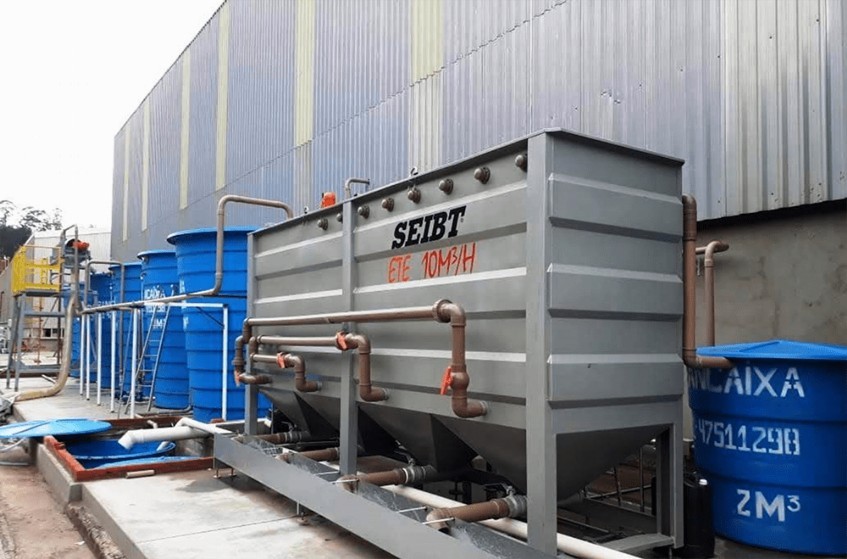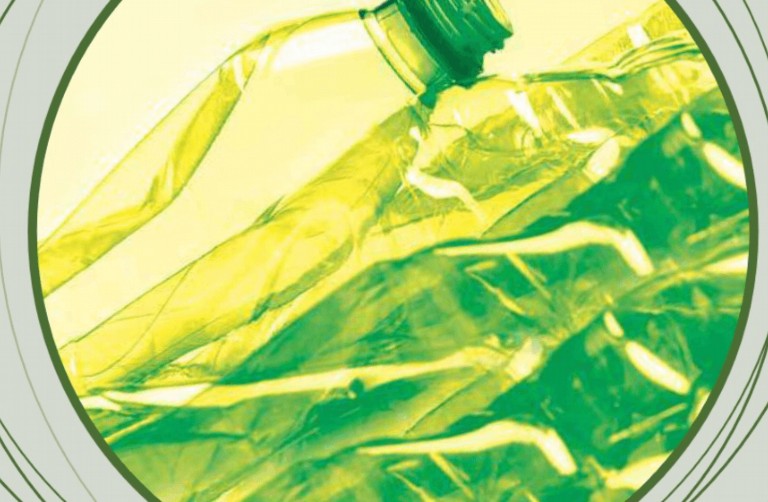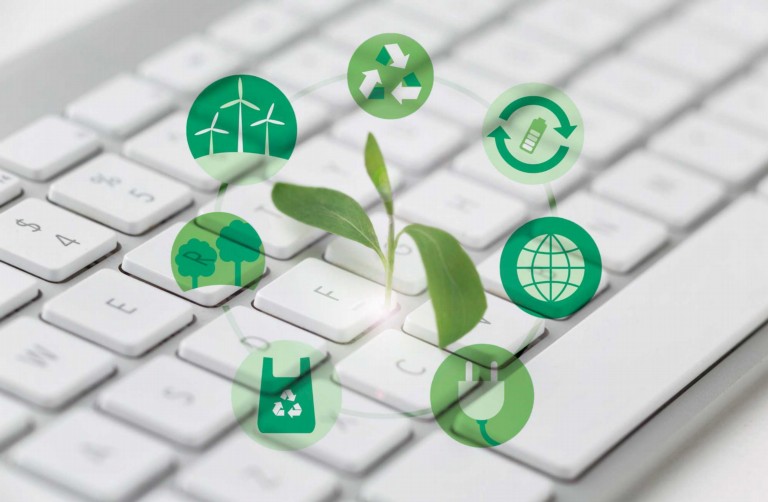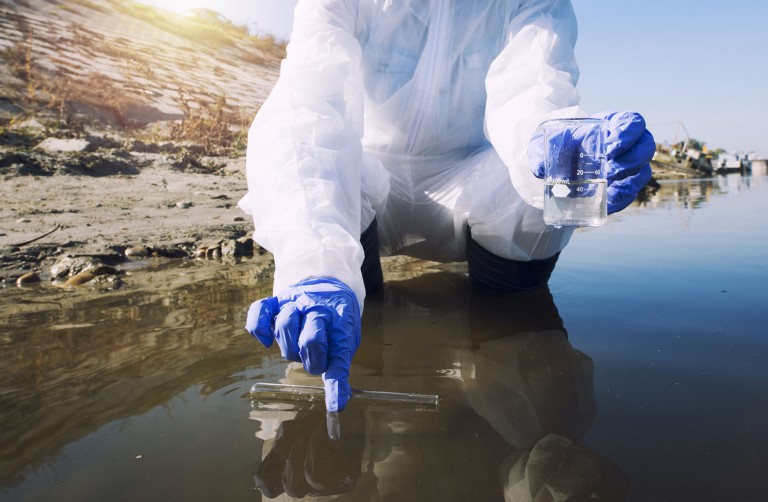
Follow here in a simplified way how the effluent treatment process occurs a system developed for treatment, reuse and correct emission of liquid effluent and sludge generated in the plastics recycling process. We always remember that we make conscious use of water.
Treatment, reuse and correct emission of liquid effluent
- The first step is to take the water from the plastics recycling process and go through the rotating sieve to clean.
- This sieve separates solids.
- The next step is the addition of treatments, where the flocculant, coagulant and alkalinizer are added. so that there is lamellar sedimentation and disinfection.
- The generated content is passed through the mixing tank and the settling tank, resulting in treated water.
- This treated water, returns to the production process, being completely colorless and without dirt.
NOTE: Water usage time is directly related to the level of impurities in the plastic material to be recycled.
Periodically, the system water is discarded in the environment and, after a chemical analysis of the waste water, a complementary treatment process can be applied via activated carbon filtration.
Treatment sludge
In order to treat the sludge generated in the plastics recycling process, the sludge has to pass through the press filter and is later disposed of in a landfill, the press filter removes the sludge from the water.
Follow the video and check out the process:
Postado por SEIBT


